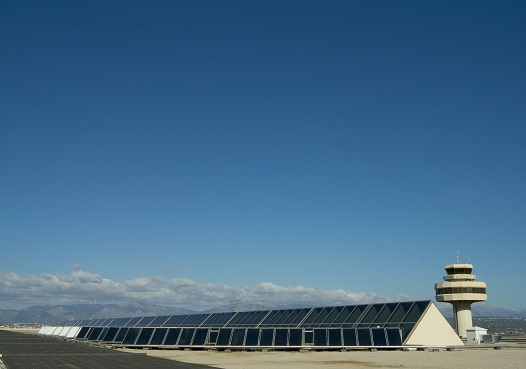European aviation unites in call for support for green recovery from COVID-19

- Direct capital investment (or ownership) in SAF production facilities, enabling the necessary de-risking required to debt finance projects as well as the execution of off-take contracts with aircraft operators;
- Making Europe the centre of excellence for the development and production of SAFs through the construction and funding of commercial scale SAF projects from globally approved technology pathways.
2. Implement a green incentive scheme for airlines and aircraft operators to replace older aircraft (fixed wing and helicopters) with more modern and environmentally friendly aircraft. Use public funds dedicated to the recovery to provide such incentives to aircraft operators. On average, new aircraft models are 20% - 25% more fuel-efficient and produce less noise compared to previous generations. Such an incentive scheme would speed up the green transition towards the EU’s shorter term ambition of 2030.
3. Increase public funding and public co-funding rates for Civil Aviation Research & Innovation (Clean Aviation and SESAR): Use resources from the recovery funds to inject additional capital beyond the amount that will be provided through the MFF and Horizon Europe, in particular. European disruptive technologies and innovative fuels, including hydrogen, can generate deep and long-term emissions reductions towards the EU’s Climate Neutrality in 2050.
4. Continued investment in the European Air Traffic Management system (ATM): Enhance the benefits of the Single European Sky and temporarily provide 100% public funding for the deployment of SESAR technologies with proven sustainable and environmental benefits. Such funds should benefit all stakeholders that will need to contribute to the deployment of new technologies, including airports, airspace users and air navigation services providers.
5. Investment in sustainable airport and heliport infrastructure: Ensure funding eligibility of projects related to energy efficiency, renewable energy and electrification (e.g. improving the energy efficiency of terminal buildings, renewable energy generation on-site, supply of electrical ground power to aircraft on stand, electrification of ground vehicle fleets, etc.).

